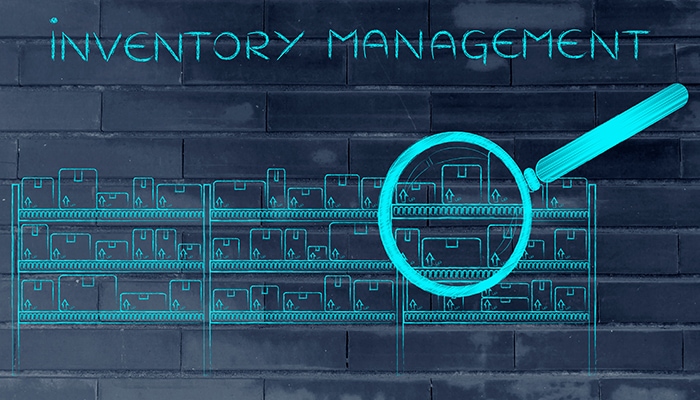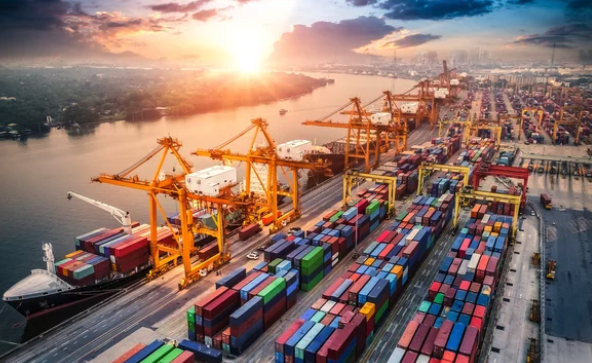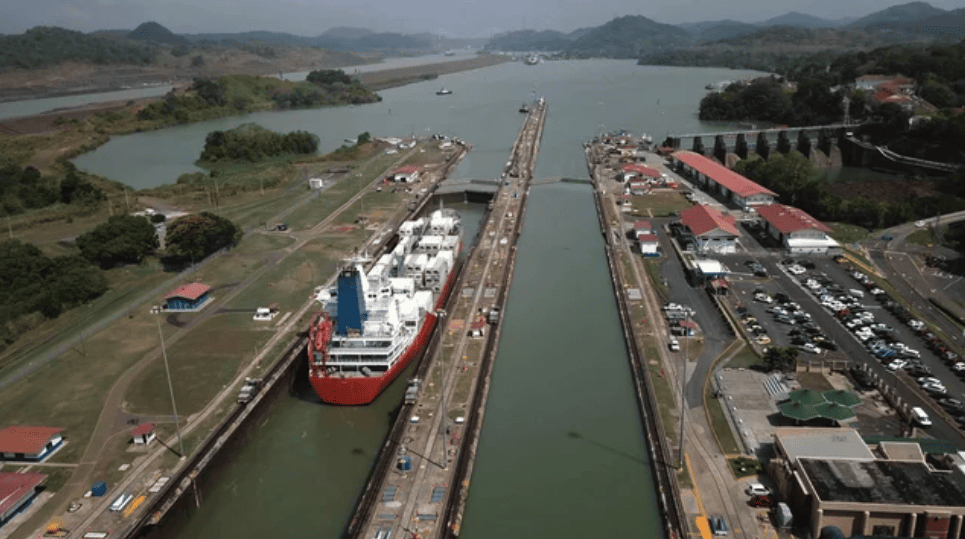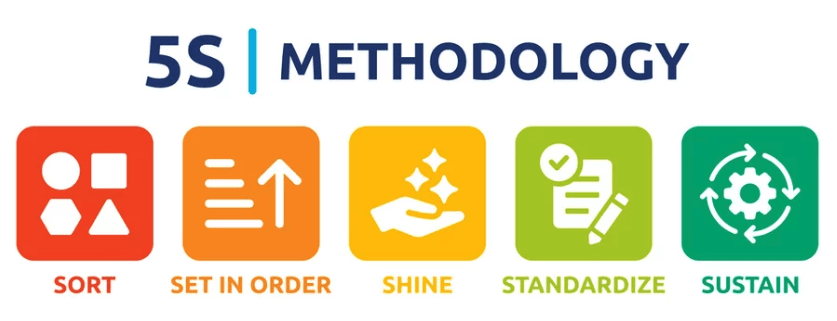Articles
Commentary

If You Don’t Quantify Risk, COVID Didn’t Teach You Anything
No one would argue after the events of the past three years that supply chains aren’t broken. Wild discrepancies between supply and demand resulted in a crazy roller coaster effect that vacillated between too much inventory and empty shelves. Billions of dollars of goods sat for weeks or more on transatlantic barges while consumers cashed their stimulus checks, ready to spend.
Read More
The Coming Wave of ESG Reporting Regulations: How Should Businesses Prepare?
The goal is to showcase ESG data that can withstand the scrutiny of not just regulators, but all stakeholders who will use it to make comparisons among companies in the way they do with financial data today. The time to take action is now.
Read More
GOOD QUESTION: How would you describe your job in five words or less?
Keeping it cold, when hot. –Jake McPaul Head of Refrigerated Operations and Product WARP Supply chain innovation evangelist. –Chris Jones EVP Industry Descartes Bringing transparency to carrier negotiations. –Josh Dunham CEO and Co-founder Reveel Fresh challenges around every corner. –Crissy Hatfield Dispatcher Xcel Delivery Services Expanding the potential of automation. –Matt Somerville Director of Sales […]
Read More
4 Reasons for the Warehouse Investment Boom
Right behind the frenzied investment in ChatGPT and related AI is an investment boomlet in distribution center and warehouse automation and robotics. Four convergent trends are at work here. 1. Driven by current economic challenges is the necessity to extract every ounce of ROI from each sale’s dependency on inventory and the infrastructure that supports […]
Read More
Rail Must Prioritize Safety Over Profits
Since the derailment of a Norfolk Southern train in East Palestine, Ohio, the full impact of the devastation to that community is yet to be seen. Although more than 1,000 derailments happen each year, it’s unacceptable that they are considered a simple cost of doing business. Our communities and the industries that rely on railroads to carry their products need and expect the rail industry to do better.
Read More
Don’t Blame Lean Manufacturing
Lean manufacturing has been blamed for the recent supply chain crisis, with critics claiming lean and just-in-time (JIT) manufacturing encouraged extremely low inventories of raw materials and components. When the pandemic arrived, and supplies were disrupted, manufacturers had to stop production due to material shortages. This had cascading effects all the way down the supply […]
Read More
4 Tips for Procurement Logistics Pros to Weather Economic Storms
For logistics procurement, the past 12 months have been a continual, yet perfect storm. First, the pandemic exposed a decades-old model based on low transportation costs. Then the conflict in Ukraine created a fresh set of problems, including a huge spike in energy prices. The relative certainty that procurement and supply chain organizations enjoyed at […]
Read More
FMCSA – Safety Is in Your Name. Stay in Your Lane.
The Federal Motor Carrier Safety Administration’s decision to further regulate freight rates, building upon a piece of 1980s regulation that requires brokers to share a copy of the pricing for each transaction with their carriers, is anti-free market and anti-business—and does nothing to solve real problems that impact everyone from carriers to consumers.
Read More
Panama Canal: Drought, Shipping, and the Supply Chain
The past few months have been unusually dry across Panama and there is no sign of improvement over the next few weeks, let alone the rest of the spring season. In 2022, nearly 15,000 vessels with 520 million tons of cargo passed through the channel.
This year, there’s simply not enough water – leading to vessel restrictions and ultimately fewer goods able to travel through this area that normally moves about 6% of global maritime trade. Everstream Analytics’ Chief Meteorologist Jon Davis reveals how low rain levels at the Panama Canal are set to impact supply chains.
Read More
How Manufacturers Can Optimize their Supply Chain Workforce
Adopting a 5S workplace organization strategy can be the key to a successful post-COVID workforce. By implementing these policies, manufacturers will be able to optimize their supply chains and workforces in a way that will allow them to overcome the challenges they have faced since the COVID-19 pandemic.
Read More